Soyombo alphabet marks 330 years
视频A scientific conference themed “Soyombo studies: Intellectual mentality and literacy” and an exhibition on Soyombo alphabet have been hosted on the occasion of the 330th anniversary of creation of Soyombo alphabet by Highly Saint G.Zanabazar.
The I Bogdo of Mongolia Zanabazar Gombodorj invented Soyombo alphabet with 90 letters which is used to write Mongolian, Sanskrit and Tibetan words easily.
Soymbo had been used for about 200 years long for decorating monasteries and temples in Mongolia. Later, it has found its use as a symbol and emblem on the state seal, sutras and books, travel passports and national banknote as well as national traditional items.
Soyombo itself means in Sanskrit “A self-born holy script” and represents many symbols political, philosophical, and religious.
The Symbol has ten elements in the columnar arrangement of abstract and geometric symbols and patterns. They are fire, sun, moon, two triangles, two horizontal rectangles, the Arga-Bilge (yin and yang) and two vertical rectangles. The elements in the symbol are given the following significance (from top):
- Fire is a general symbol of eternal growth, wealth, and success. The three tongues of the flame represent the past, present, and future.
- Sun and moon symbolise that the Mongolian nation will exist for eternity as the eternal blue sky. Mongolian symbol of the sun, moon and fire derived from the Xiongnu.
- The two triangles allude to the point of an arrow or spear. They point downward to announce the defeat of interior and exterior enemies.
- The two horizontal rectangles give stability to the round shape. The rectangular shape represents the honesty and justice of the people of Mongolia, whether they stand at the top or at the bottom of society.
- The arga-bilge symbol illustrates the mutual complement of man and woman. In socialist times, it was alternatively interpreted as two fish symbolizing vigilance, because fish never close their eyes.
- The two vertical rectangles can be interpreted as the walls of a fort. They represent unity and strength, relating to a Mongolian proverb: "The friendship of two is stronger than stone walls".
 Ulaanbaatar
Ulaanbaatar






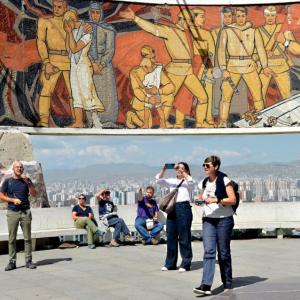








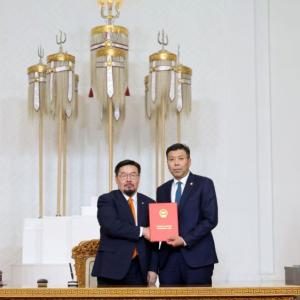







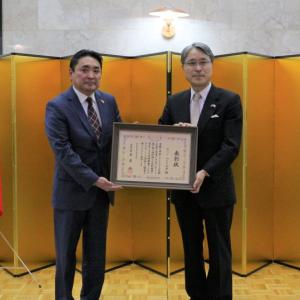
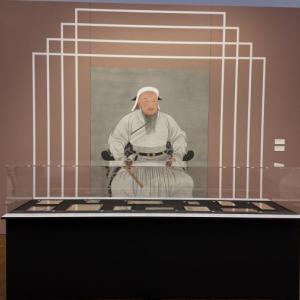

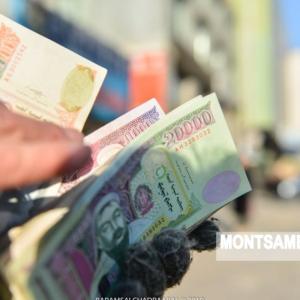



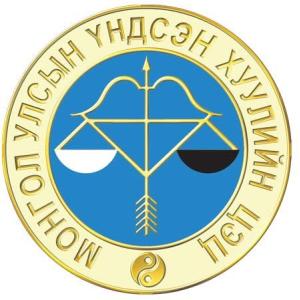
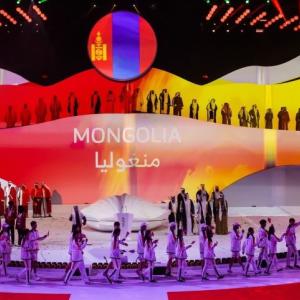
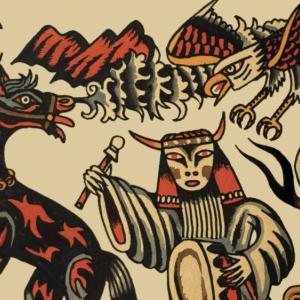





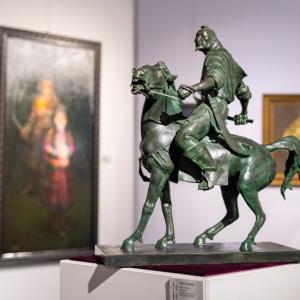


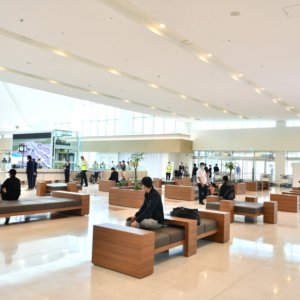

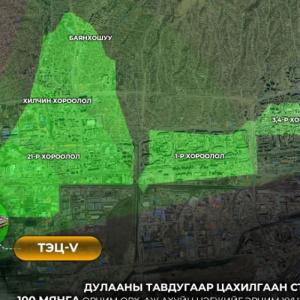

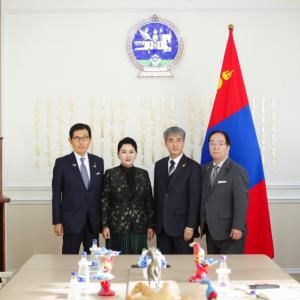

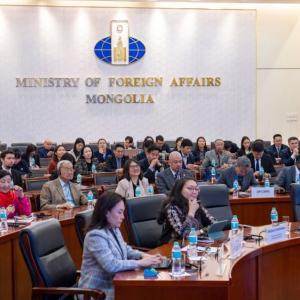


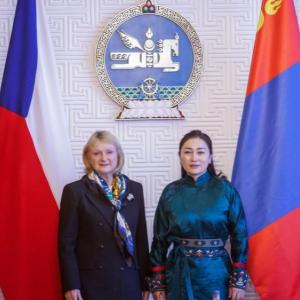

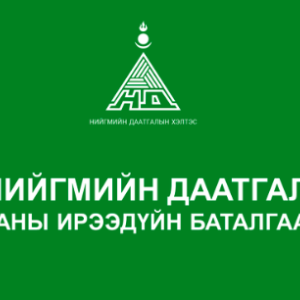
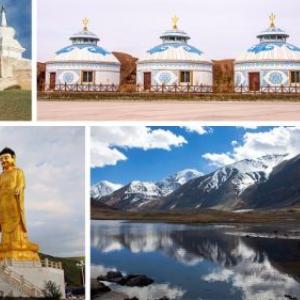



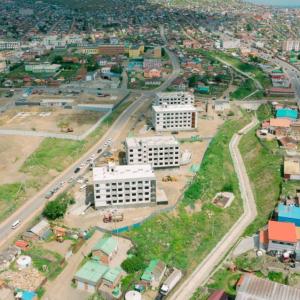







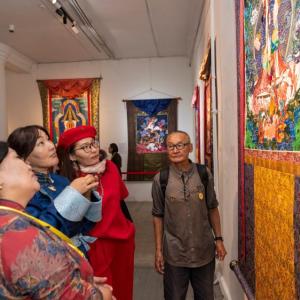


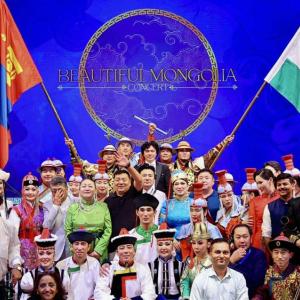



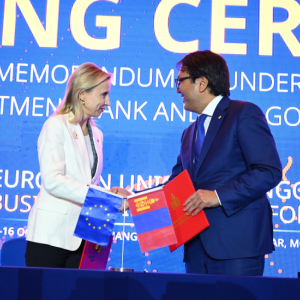





注释